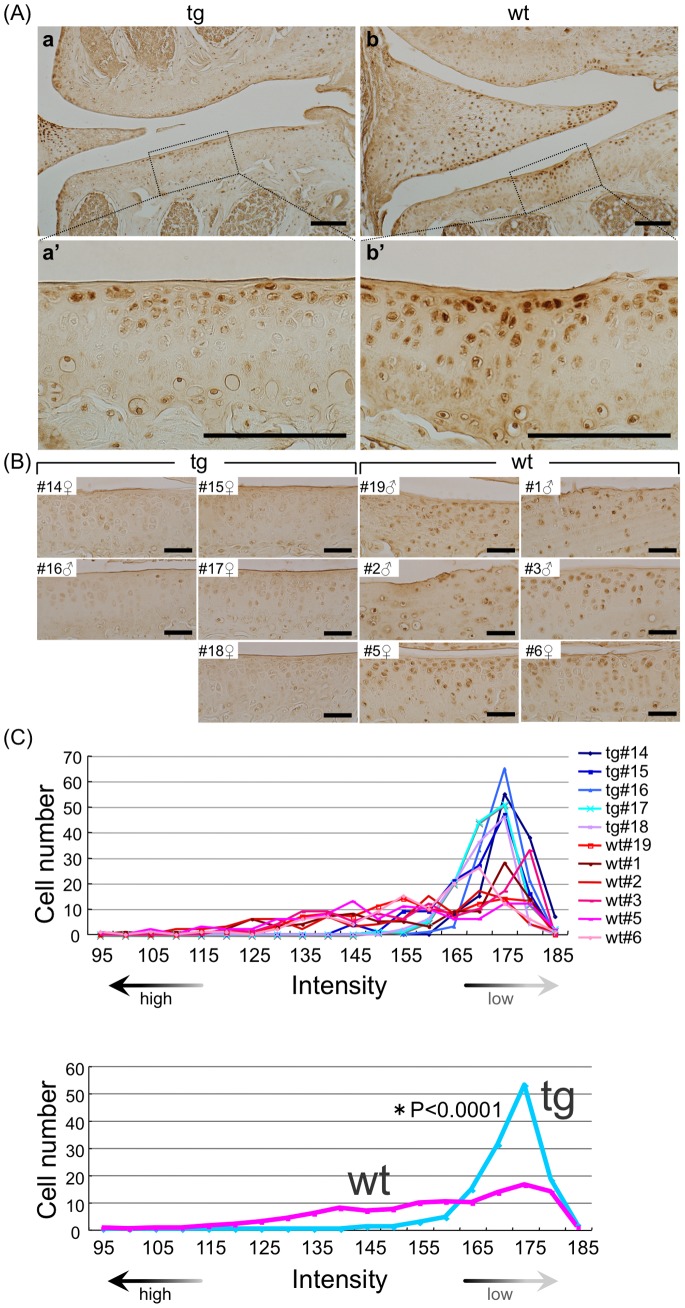Figure 5. Suppression of MMP-13 expression in aging superficial and middle-zone articular chondrocytes by CCN2 overexpression.
Immunohistochemical staining of MMP-13 in frontal sections of knee joint. (A) Typical staining of MMP13 of TG (left) and WT (right) knee joints of 21-month-old mice. Bars: 100 µm. a and b: MMP-13 staining of articular cartilage, and a’ and b’: higher magnification of medial tibial plateau in the load-bearing region indicated by the dotted box in a and b. In WT tibial articular cartilage, MMP-13-positive cells were seen in the surface zone. (B) MMP-13 staining of knee joints from 5 transgenic and 6 WT 21- and 18-month-old littermates (Left side: TG, right side: WT). Densitometric intensity of the cells in tibial articular cartilage from each animal was measured. Bars: 50 µm. (C) Histogram of MMP13-positive cells in medial cartilage of tibia. Upper: staining density of 5 transgenic and 6 WT samples. Lower: mean value for TG and WT. Distribution of staining intensity was analyzed by a computer software (Axiovision, chi-square test) that originally measures “brightness” (the reverse of staining intensity). Most TG chondrocytes were in the peak of low staining intensity, indicating low activity of MMP-13; whereas more WT chondrocytes were in the area of higher staining intensity, indicating higher MMP13 accumulation.

